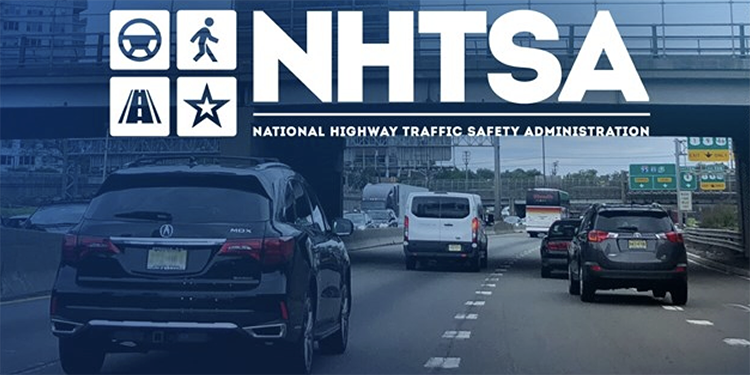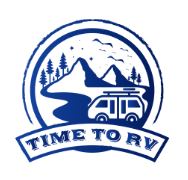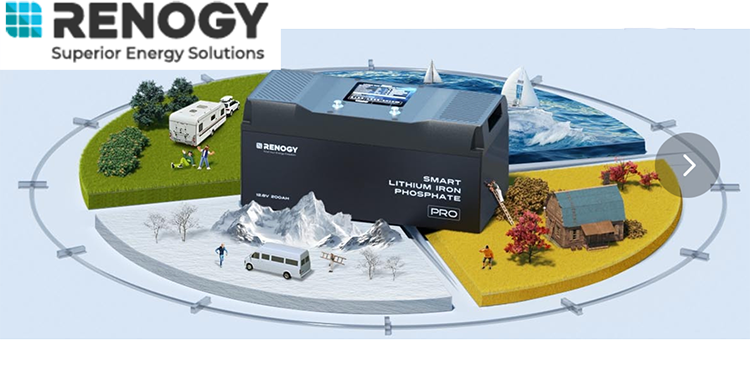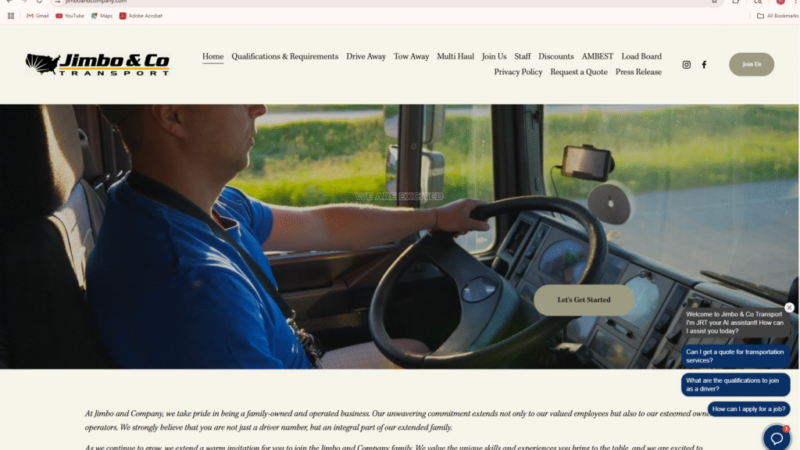‘VINRV’ Tool Makes RV Transactions Easier, More Efficient – RVBusiness – Breaking RV Industry News
 There has never been a time when the RV industry didn’t need a tool like the VINRV system being developed by Route 66 Holdings’ RideDigital.
There has never been a time when the RV industry didn’t need a tool like the VINRV system being developed by Route 66 Holdings’ RideDigital.
Imagine as a dealership being able to complete paperwork to help a customer get a loan without having to manually complete section after section filling in details about vehicle specifications.
Imagine plugging in a single 17-digit number and being able to populate a web page with information about newly received inventory including an Artificial Intelligence (AI)-generated description full of keywords sure to generate positive SEO results that come from consumer page clicks.
And imagine knowing that once that information is entered into the public record – whether by a manufacturer or someone else involved in the process – AI remembers it forever.

Steve Francis
“It’s been a very difficult problem to solve really until the last year when Artificial Intelligence has allowed us to build out what’s called a LORA model,” said Steve Francis, manager of the Route 66 RV Network. “It allows us to deploy and not have a bank of servers the size of a football field. We’ve been working on this in earnest since the beginning of the year.”
Just to get an idea of the kind of massive data Francis is talking about, more than 1 million VIN numbers are stored with the corresponding data in the system that has a patent pending with the U.S. Patent and Trademark Office.
From a dealer standpoint, the workings of VINRV are fairly straightforward.
Using an open application program interface, a dealer could send a query to a DMS provider such as Lightspeed, IDS, Motility or J.D. Power giving them access to the VINRV database. The DMS runs the 17-digit VIN through the database, which conducts a search to see if it has encountered the VIN before.
If it has, the search is pushed through VINRV’s specification database Ride Data Services, which returns the data.
In the open API, the client can specify what information is being sought such as year, make, model, etc. – anything likely to appear on a vehicle spec sheet with 50 to 100 options.
“Say a bank has funded a contract on a 2023 Jayco 285 FKS,” Francis said. “They want to be sure that collateral is described correctly in the contract. They can type that VIN in and make sure the description on the contract matches the description on the VIN. That will keep contracts from bouncing. It’s transparent. It’s efficient. It’s fast. It cuts down a lot of errors and it will make sure we’ve got one consolidated depository of data for the industry.”
Depending upon the amount of specific information available on a VIN in the database, the returns can even include an image of the vehicle floorplan.
When a search come back positive, the system generates an accuracy score by percentage. The lower the score, the less information is available.
VINRV also offers an additional benefit to dealers when it comes to helping them with their online presence.
 “We’ve deployed ChatGPT,” Francis said. “After we’re able to identify the model, it tells ChatGPT to create a keyword-rich, written description so that search engines can find the product. Website designers are going to love this. It’s not been cut and pasted from the OEM’s website, which in some cases Google will dock you for having cut and paste. The search engine has seen that before. But this is an original description, so that helps with your search engine optimization.”
“We’ve deployed ChatGPT,” Francis said. “After we’re able to identify the model, it tells ChatGPT to create a keyword-rich, written description so that search engines can find the product. Website designers are going to love this. It’s not been cut and pasted from the OEM’s website, which in some cases Google will dock you for having cut and paste. The search engine has seen that before. But this is an original description, so that helps with your search engine optimization.”
VINRV’s database is extensive, but it isn’t infinite. At this point, it is quite accurate going back 13 years.
Francis said the system probably could decode about 75% of VINs that are older, but it would not include specs in most cases.
VINRV also is able to help correct entry errors that are common with long numerical entries when it is easy to “fat finger” a single digit and throw off an entire search.
If an incorrect VIN is entered, the system will return “invalid check digit” and likely suggest what number it expected to find in the sequence. If only 16 digits are entered, another error is returned.
Francis said that in most cases, when a low percentage of certainty is returned, it is because the OEM hasn’t entered the model into their system yet.
“We’re working with 12 OEMs right now that are providing us with decoder spec sheets where we can teach our machine these VIN numbers,” he said. “It’s going to be harder to get some of smaller manufacturers’ data. We’d like to have Cherokee or Jayco or Airstream before we add Bushwhacker. We’re working on that. We’re finishing up API so we can offer it to different enterprise users we hope in the first quarter.”
An additional benefit for the entire industry is VINRV’s ability to help the RV Dealers Association (RVDA) and RV Industry Association’s (RVIA) efforts to develop universal part numbers for RVs, championed on behalf of the industry by former Cummins exec Garry Enyart.
“Say somebody comes in with an Airstream Flying Cloud and they give the service writer their VIN,” Francis said. “We’d like to have as a part of our database the ability to decode the VIN and then tell you what the universal part number is for that unit on its water heater, or what model furnace it has. That customer can get warranty service and the time it takes to get the right part in the right place goes much better.”
Increasing the efficiency of that process undoubtedly could help the industry-wide effort to improve Repair Event Cycle Time (RECT).
Francis said he has two requests of the industry to help the whole system be as accurate as possible.
He asks that OEMs upload their specs and make them as accurate as possible.
And he hopes DMS providers will continue to work with Ride Digital to develop the technology to benefit the whole industry.
Source: https://rvbusiness.com/vinrv-tool-makes-rv-transactions-easier-more-efficient/






